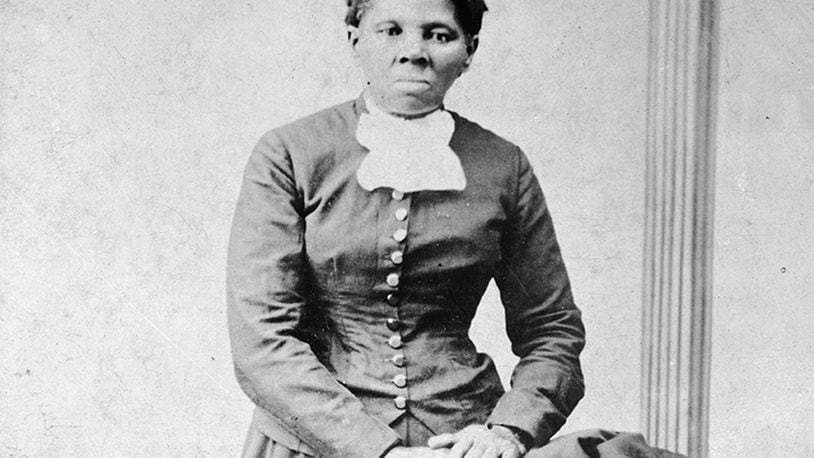Calling Tubman a "great Marylander and a great American," Van Hollen asked Stephen Ayers, the architect of the Capitol, to work with him on plans to bring the statue idea to fruition.
Van Hollen introduced legislation in February, along with the state's other Democratic senator, Benjamin L. Cardin, to direct the Joint Committee on the Library to accept the statue.
"Harriet Tubman is an American hero, and it is an important way to honor her incredible contributions to our nation's history by installing a statue reflecting her work in the U.S. Capitol," Van Hollen said in a February statement announcing the bill. "She was tireless in her pursuit of freedom and protection of human rights, and she represents the best in Maryland and the nation."
Tubman was born in Dorchester County, Maryland, and escaped slavery in 1849. She dedicated her life to helping other slaves reach freedom on the Underground Railroad.
Efforts to place a Tubman statue in the U.S. Capitol started in 2012 when Maryland created the Harriet Tubman Statue Commission, a 10-person board responsible for raising private funds for the memorial and choosing the sculptor. That didn't happen without a debate, however, as the original plan called for the Tubman statue to replace one of the two existing Old Line State statues in the National Statuary Hall collection.
Congress created the collection in 1864 and allowed each state to place two statues of notable citizens in the Capitol. Maryland is represented by Charles Carroll, a signer of the Declaration of Independence, and John Hanson, who served as president of the Continental Congress under the Articles of Confederation. Both statues were gifted to the Capitol in 1903.
States are permitted to replace statues. But after some debate, the state of Maryland decided that the Tubman statue would not replace either Carroll or Hanson. Instead, it was to be an addition to Emancipation Hall in the Capitol Visitor Center. Several statues located throughout the Capitol and the visitor center are not part of the 100 statues in the Statuary Hall collection.
If a Tubman statue joins the official Statuary Hall collection, it would be the first time an African-American woman was representing a state. The statue of Rosa Parks in Statuary Hall was commissioned by Congress and not by a specific state.
Credit: Pittsburgh Post-Gazette
Credit: Pittsburgh Post-Gazette
About the Author
